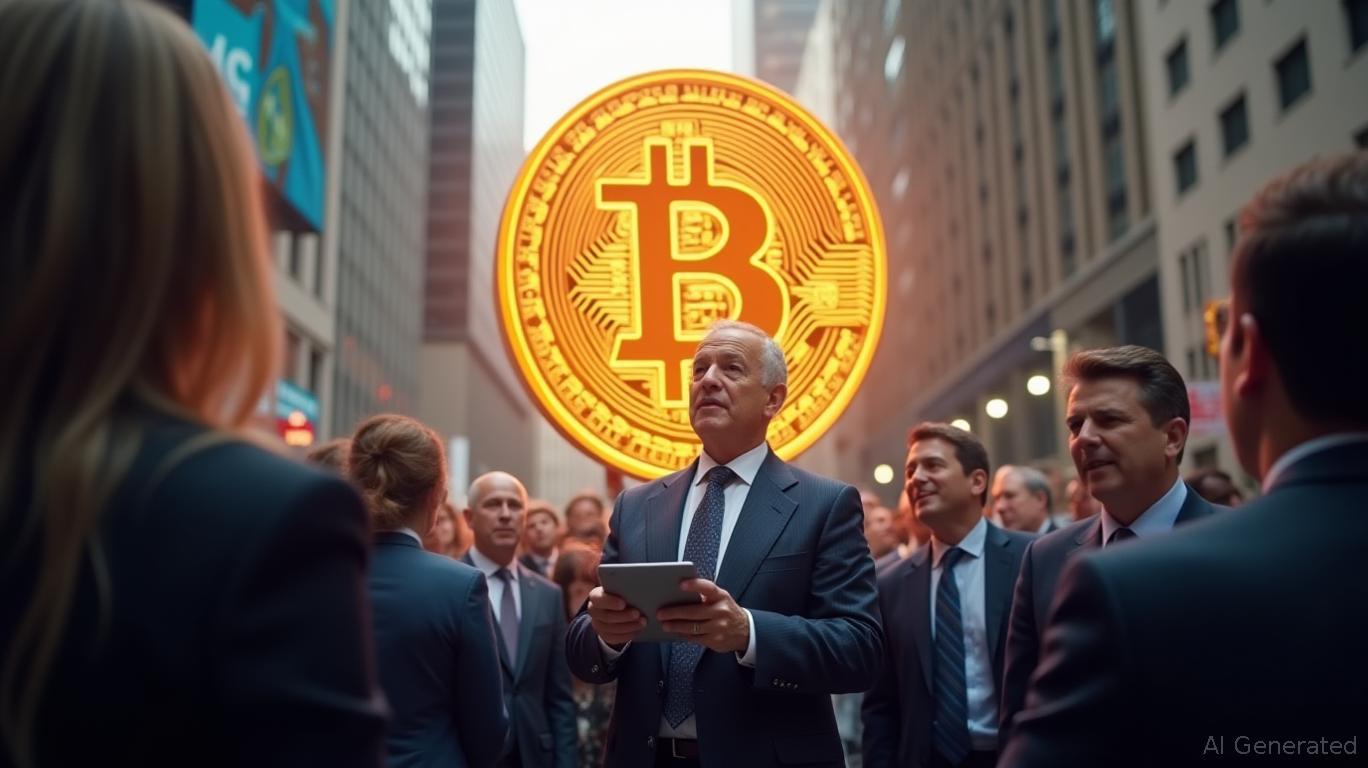AInvest Newsletter
Daily stocks & crypto headlines, free to your inbox
The European Central Bank (ECB) has opted to maintain its key interest rates unchanged at 2% for the deposit rate, 2.15% for the main refinancing rate, and 2.40% for the marginal lending rate, marking a strategic pause in its monetary policy [1]. This decision follows a series of seven consecutive rate cuts, signaling a shift from aggressive stimulus to a period of assessment. The ECB’s move aims to evaluate the impact of prior adjustments on inflation, economic growth, and financial stability while navigating global uncertainties such as geopolitical tensions and supply chain disruptions. By holding rates steady, the central bank seeks to balance its dual mandate of price stability and economic support, ensuring that previous interventions do not inadvertently reignite inflationary pressures or destabilize financial markets [1].
The pause in rate adjustments reflects the ECB’s focus on analyzing persistent core inflation, which remains above its target of below but close to 2%, as well as the lagged effects of prior rate cuts on economic activity. The decision also accounts for the need to monitor global economic headwinds, including volatility in energy prices and uneven recovery trajectories across Eurozone member states [1]. For the Eurozone economy, stable rates provide predictability for borrowing costs, supporting consumer and business spending while avoiding abrupt market shocks. However, the lack of further cuts may limit stimulus for growth, particularly in sectors reliant on expansionary monetary policy [1].
Globally, the ECB’s stance influences currency dynamics and investment flows. A stable Eurozone contrasts with potential rate cuts by other central banks, such as the U.S. Federal Reserve, potentially strengthening the euro against the dollar. This could impact trade balances and capital allocations, with Eurozone bonds and fixed-income assets gaining relative appeal. Additionally, the stability in ECB rates may indirectly affect cryptocurrency markets by shaping broader investor sentiment. A stronger euro could reduce dollar demand, potentially influencing Bitcoin’s performance as a hedge against fiat depreciation [1].
Looking ahead, the ECB faces key challenges, including managing sticky inflation, assessing recession risks, and addressing geopolitical uncertainties. Divergent fiscal policies among Eurozone nations complicate the implementation of a unified monetary strategy. For investors, the decision underscores the importance of sectoral adjustments, portfolio diversification, and monitoring macroeconomic indicators. While the ECB’s pause offers short-term stability, future policy shifts will depend on evolving data, requiring a balance between inflation control and growth support [1].
The ECB’s decision to hold rates steady reflects a cautious, data-driven approach amid a complex economic landscape. By prioritizing stability over immediate intervention, the central bank aims to foster a controlled environment for the Eurozone to adapt to shifting conditions. Investors and markets will now closely watch incoming economic signals and global developments to gauge the next steps in the ECB’s monetary strategy [1].
Source: [1] [ECB Interest Rates: A Pivotal Pause in Monetary Policy] [https://coinmarketcap.com/community/articles/68822d1eab5af20339533c22/]

Quickly understand the history and background of various well-known coins

Oct.27 2025

Oct.27 2025

Oct.27 2025

Oct.27 2025

Oct.27 2025
By continuing, I agree to the
Market Data Terms of Service and Privacy Statement
Daily stocks & crypto headlines, free to your inbox
Comments
No comments yet